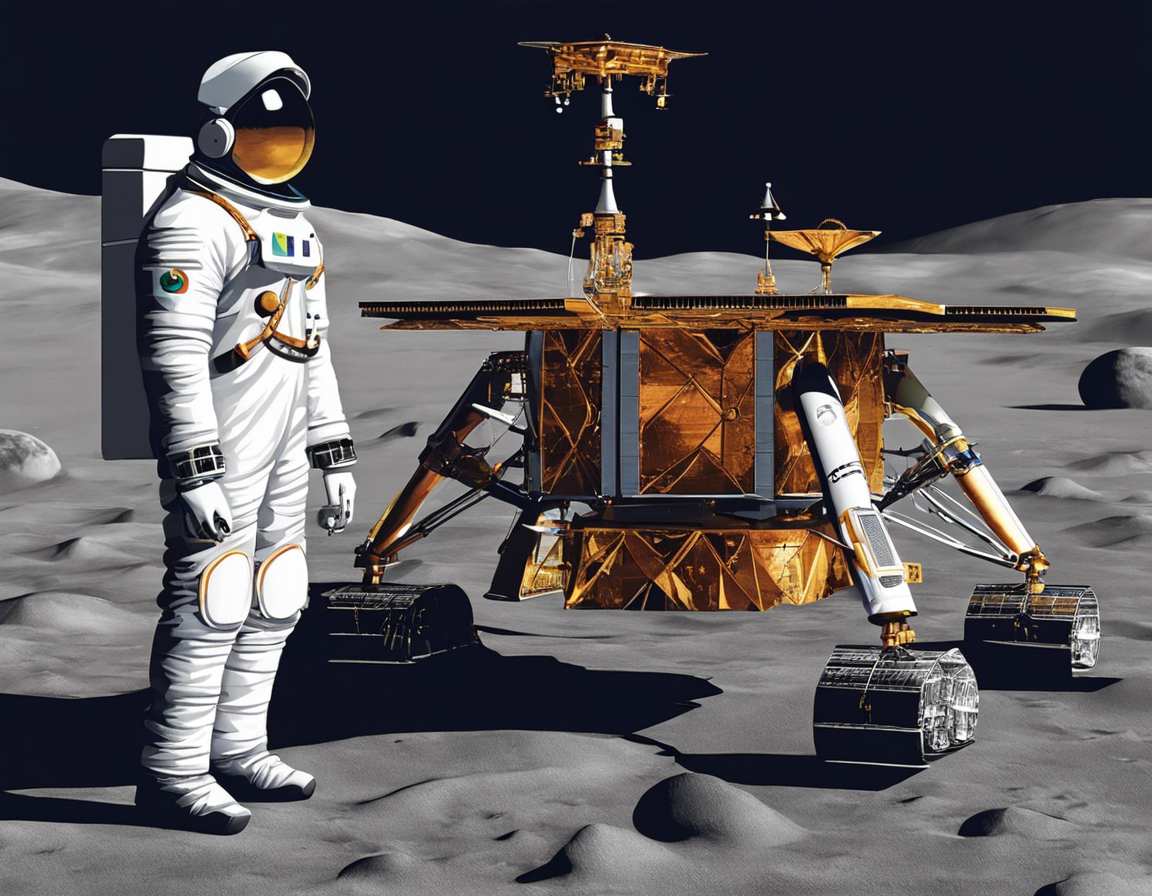Introduction:
Chandrayaan 3, India’s third lunar exploration mission, is widely anticipated for its groundbreaking advancements in space technology. One of the major factors that consistently sparks discussions and curiosity about this mission is its budget. Understanding the monetary aspects of Chandrayaan 3 is crucial in comprehending the scale and significance of this ambitious endeavor.
The Significance of Chandrayaan 3:
Chandrayaan 3 holds immense importance as it aims to build upon the successes of its predecessors, Chandrayaan 1 and Chandrayaan 2. The mission’s primary goal is to further explore the lunar surface, analyze its geology, and search for water molecules. By expanding our knowledge of the moon, Chandrayaan 3 plays a pivotal role in advancing space exploration and scientific research.
Chandrayaan 3 Budget Breakdown:
The estimated budget for Chandrayaan 3 is reported to be approximately INR X crore. This budget encompasses various aspects of the mission, including spacecraft development, launch vehicle costs, ground infrastructure, mission operations, and data analysis. The allocation of funds to these different components ensures the smooth execution and success of Chandrayaan 3.
Factors Influencing the Budget:
Several factors influence the budget of Chandrayaan 3, such as technological advancements, inflation, resource availability, and mission complexity. The integration of cutting-edge technologies and the need for precision in executing lunar exploration tasks contribute to the overall budget requirement of the mission. Additionally, collaborations with international space agencies and partnerships with private entities can impact the financial aspects of Chandrayaan 3.
Cost Optimization Strategies:
To ensure cost-effectiveness and efficient utilization of resources, ISRO (Indian Space Research Organization) employs various strategies in managing the budget of Chandrayaan 3. These strategies include indigenization of technology, value engineering, risk mitigation measures, and optimal utilization of existing infrastructure. By implementing these cost optimization strategies, ISRO strives to maintain fiscal discipline while achieving the mission’s objectives.
Future Implications of Chandrayaan 3:
The successful execution of Chandrayaan 3 not only advances India’s capabilities in space exploration but also paves the way for future lunar missions and collaborations. The scientific discoveries and technological innovations resulting from Chandrayaan 3 are expected to have far-reaching implications for space research, planetary studies, and human exploration beyond Earth.
Conclusion:
In conclusion, the budget of Chandrayaan 3 is a critical aspect that underscores the scale, complexity, and significance of India’s lunar exploration mission. By understanding the financial implications of this ambitious endeavor, we gain valuable insights into the resources, capabilities, and determination required to explore the moon and unlock the mysteries of our celestial neighbor.
Frequently Asked Questions (FAQs):
- What is the estimated budget of Chandrayaan 3?
-
The estimated budget for Chandrayaan 3 is approximately INR X crore.
-
How is the Chandrayaan 3 budget allocated?
-
The budget for Chandrayaan 3 is allocated towards spacecraft development, launch vehicle costs, ground infrastructure, mission operations, and data analysis.
-
What factors influence the budget of Chandrayaan 3?
-
Factors such as technological advancements, inflation, resource availability, and mission complexity influence the budget of Chandrayaan 3.
-
How does ISRO optimize costs for Chandrayaan 3?
-
ISRO employs strategies like indigenization of technology, value engineering, risk mitigation measures, and optimal infrastructure utilization to optimize costs for Chandrayaan 3.
-
What are the future implications of Chandrayaan 3?
- The successful execution of Chandrayaan 3 is expected to advance India’s space capabilities, contribute to scientific discoveries, and facilitate future lunar missions and collaborations.
